Museum quality William Birch made and stamped, retailed through Hampton & Son’s, designed by Adolf Loos Knieschwimmer lounge armchair Where to begin, this is one of the most important (and comfortable) armchairs I have ever had the pleasure of owning. I will include a brief history of the chair below, what I know of the piece is the inside back left leg is stamped WB for William Birch, he was the original designer in the Victorian era, the chair also has the serial or order number just below the WB stamp, the chairs in England were retailed through Hampton & Son’s, the design was later slightly adapted by world famous architect Adolf Loos and named the Knieschwimmer lounge armchair Comfort wise, for me this is an absolute 10, nothing seats like this, your entire back is totally supported and cradled, you have the perfect position for reading or watching tv and with the slightest relaxation of your head and you can nod off Condition wise, the fabric looks to be original velour, the chair itself dates to the 1880’s and it comes with three spare buttons sewn into the hessian base, the frame has all the original patination and the castors look to be all original, this is a perfect, unmarked and unrestored example hence it is Museum quality Dimensions Height:- 89cm Width:- 77cm Depth:- 111.5cm Seat height:- 37cm Please note all measurements are taken at the widest point. WILLIAM BIRCH High Wycombe, Buckinghamshire & London; chair maker, cabinet maker and upholsterer (fl.c.1840-1954) The firm was established in 1840 as chair makers and by 1875 employed more than 50 workers. Later in the century they pioneered the use of machinery and developed cabinet making as an accompaniment to chairs. By 1881 their products were reflecting current trends; the Cabinet Maker, June 1881, featured some of their Anglo-Japanese rush seat furniture (illus. Agius (1978), p. 82). The Cabinet Maker, June 1886, reported that the firm had one of the smartest, largest and best managed factories in the town and produced work of the highest class and with inlay. The Furniture Gazette Directory (1877 & 1886) listed the firm in High Wycombe as chair & couch manufacturer and The Furniture Gazette (1 February 1889) described the firm as chair manufacturer & upholsterer, also with an address of Marshall’s Yard, Seaton Street, Hampstead Road, London William Birch produced furniture for Liberty in London as well as ‘Quaint’ furniture for themselves. The furniture supplied to Liberty’s was presumably commissioned by Leonard Wyburd, as head of the Liberty Furniture Studio, and included the Ethelbert and Athelstan chairs of 1901. The Ethelbert chair, no. 871, was published by Birch in 1901 and cost £2 polished; the same design had been advertised in Liberty’s Yuletide Catalogue of 1899 at £3 7s 6d. from the Liberty archive at Westminster and a collection of notes and sketches by Barbara Morris, several chairs made by William Birch are identifiable. In 1901 William Birch confirmed the role of the designer, E. J. Punnett in this: ‘We made a number of his models in wax finish, natural English Walnut for Liberty’s’. The Punnett designs sold to Liberty date from 1901 to 1904 and included two small tables (illus. Bennett (2012), p. 317). Another Punnett design, an oak armchair, with ebony inlay and rush seat and back was made by Birch in 1901. An example of a Thebes stool made by either William Birch or B. North & Sons is now at V&A Various chairs, cabinets, a writing table and a whatnot made by Birch are illus. Agius (1978), pp. 124-5 The firm developed a considerable export trade both to Europe and the USA and had a showroom at 370 Euston Road in the early 20th century. In 1954 W. Birch & Co. was acquired by E. Gomme Ltd, another High Wycombe based furniture maker. Albert Barnes (fl. 1907-37) started his working life as a carver and inlayer at W Birch Ltd. Sources: Aslin, 19th Century English Furniture (1962); Agius, British Furniture 1880-1915 (1978); Edwards, Victorian Furniture. Technology & Design (1993); Worden, ‘Industrial Craft and Tradition: Albert E Barnes and the High Wycombe Furniture Industry’, The Journal of the Decorative Arts Society 1850 to the Present (1993); Bland, Take a Seat. The Story of Parker Knoll 1834-1994 (1995); Bennett, Liberty’s Furniture 1875-1915. The Birth of Modern Interior Design (2012). ADOLF LOOS Adolf Loos developed the « Knieschwimmer » lounge chair on the model of an easy chair produced by the London firm Hampton & Sons. This example comes from the house in Prague designed by Loos for Ludimir Kapsa, the joint owner of Kapsa & Müller, for whose partner, Frantisek Müller, Adolf Loos had built the famous Villa Müller in Prague in 1928/30. As a part of the group of free thinkers in Vienna, Loos was an opposer of the traditional Habsburgs. He designed cafes, building facades, entire public buildings, private homes, furniture and even household utensils. Loos designed pieces of furniture so that they could be placed in the architecture which he designed, fulfilling the ideaof ‘total work of art.’ He shared a similar approach in designing his furniture as he did with his interiors; his exteriors were strikingly simple while his interiors and furniture were designed for comfort and were ‘decorated’. He gave much attention to detail and always chose materials that would provide comfort. He often re-appropriated previous failed designs for his pieces of furniture, which is the case for the Knieschwimmer chair. Until 25 February 2018, the Barcelona Design Museum (Museu del Disseny) presents an exhibition featuring the complete works of the Viennese architect Adolf Loos to include the Knieschwimmer armchair, considered to be one of the pioneers of the Modern Movement. A central theme of the show is the aesthetic revolution that Loos (1870-1933) led in Vienna at around the turn of the twentieth century, when he rebelled against Secession to champion economy in architectural construction and design The exhibition – focusing on the work of Loos as a designer of interiors – features more than 120 items of furniture, all either designed or selected by Loos for his interior spaces between 1899 and 1931. These pieces of furniture are complemented by documentary material, including period photographs, lithographs, drawings, texts and plans of architectural projects, as well as models, both of works that were completed and others that never came to fruition Any questions please feel free to ask before you bid. CONDITION Please view the very detailed pictures as they form part of the pertaining to the condition. Please note vintage period and original items such as leather seating will always have natural patina in the form of creasing and wear, we recommend annual waxing to ensure no moisture is lost, also hand dyed leather is not recommended to sit in direct sunlight for prolonged periods of time as it will dry out and fade.
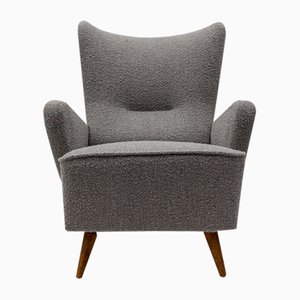
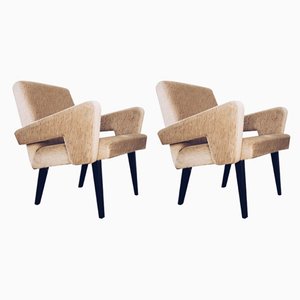
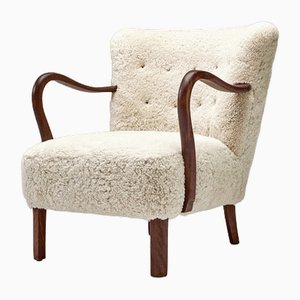
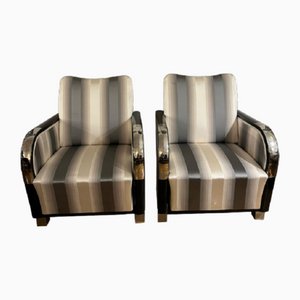
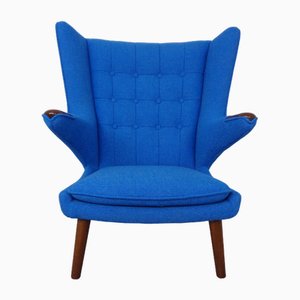
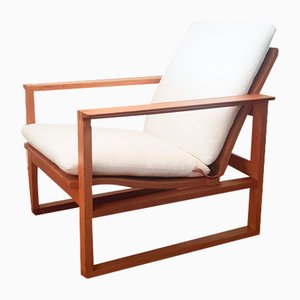
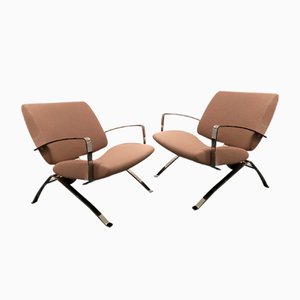

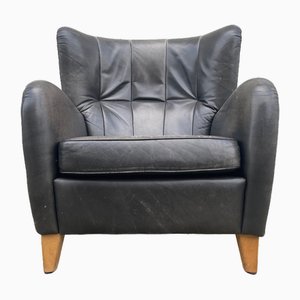
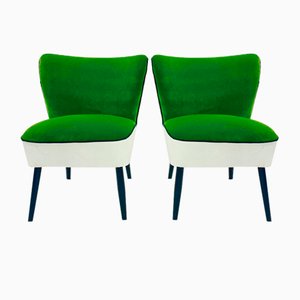

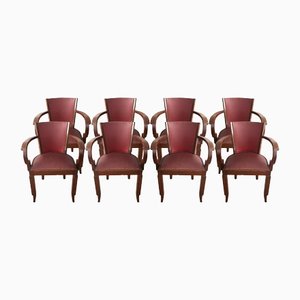

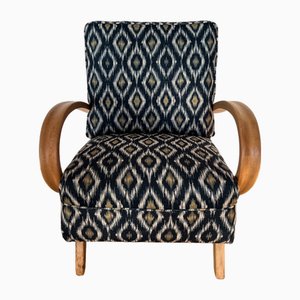
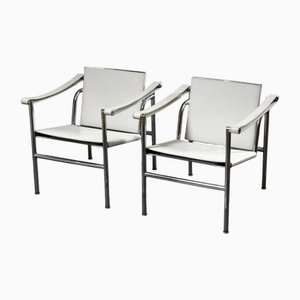

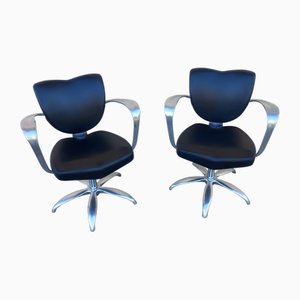
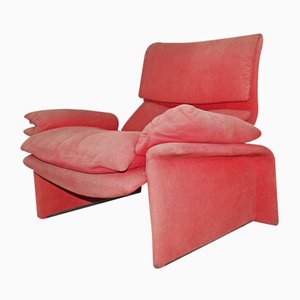
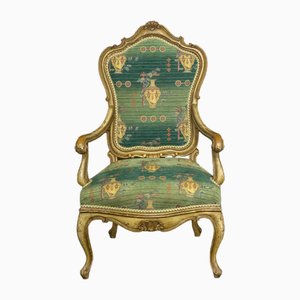


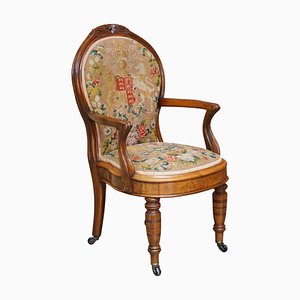
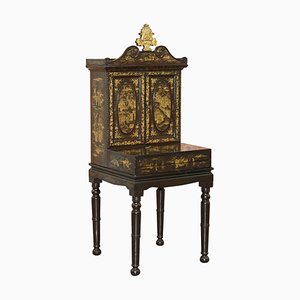

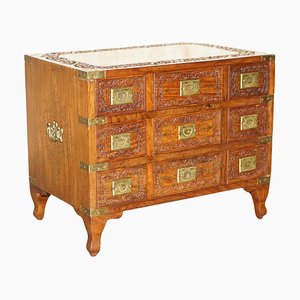
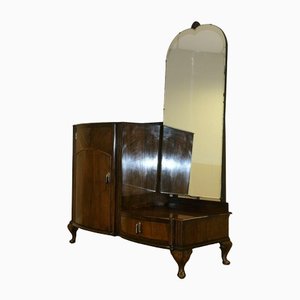

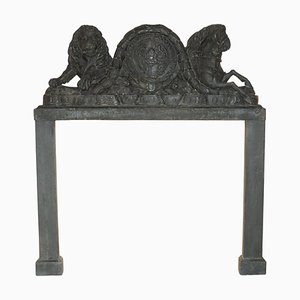
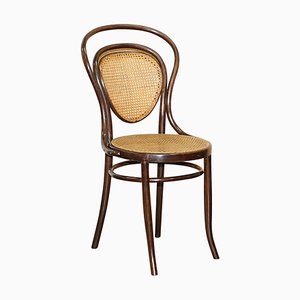
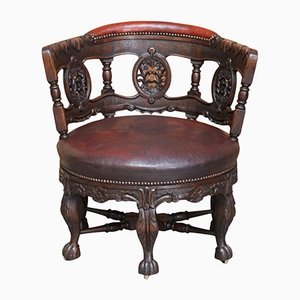
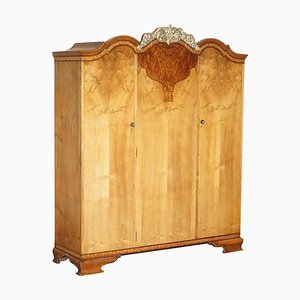


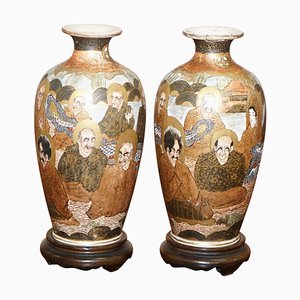
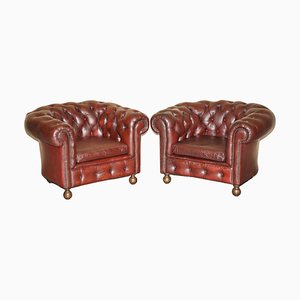
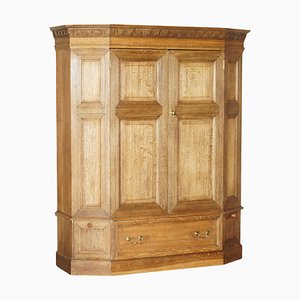
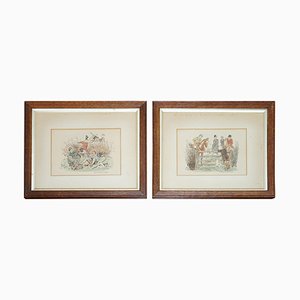
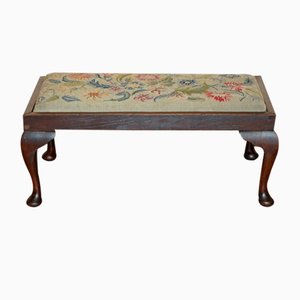
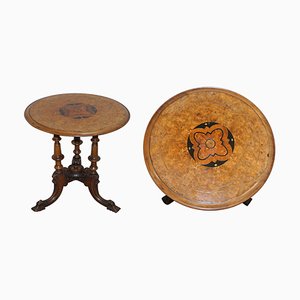

Get in Touch
Make An Offer
We noticed you are new to Pamono!
Please accept the Terms & Conditions and Privacy Policy
Get in Touch
Make An Offer
Almost There!
To follow your conversation on the platform, please complete the registration. To proceed with your offer on the platform, please complete the registration.Successful
Thanks for your inquiry, someone from our team will be in touch shortly
If you are a Design Professional, please apply here to get the benefits of the Pamono Trade Program